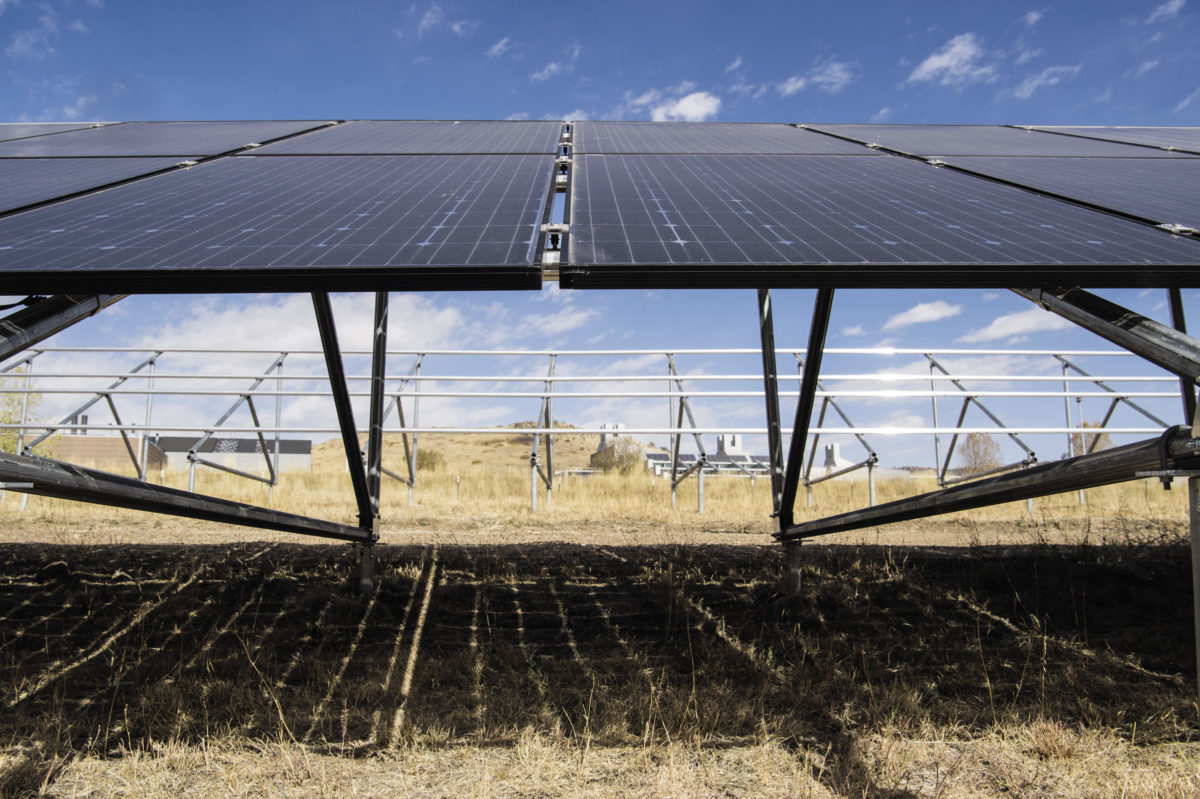A study by Germany’s Fraunhofer Institute for Solar Energy Systems (Fraunhofer ISE) has found that PV solar system installation on arable land at a proposed project site in India could almost double (+94%) the land-use efficiency—measured by the combined output of electricity and agriculture per unit of land.
The study was undertaken to assess the feasibility of horticulture PV at the site of Paras in Akola district of Maharashtra and provides a basis for decision-making on the Mahagenco project that will be funded by German development bank KfW.
In its report based on the study, the Fraunhofer ISE provides recommendations on agricultural crops suitable for cultivation under the PV solar system, the design of a horticulture PV system adapted for the site, agricultural and electrical yield assessments, and the economic feasibility of the concept.
Yields and economic viability
The Fraunhofer ISE analysis indicates that a horticulture PV system at the site provides sufficient solar irradiation to get average yields above 83% for the analysed crops (soybean, cotton, tomato, and banana). Bifacial glass-glass PV modules installed at a height of 4 metres above ground with 208-degree orientation to southwest, a tilt angle of 22 degrees, and a row distance of 5 metres are the prerequisites to get the desired output.
Yield could be 16% to 32% higher for shade-loving crops like tomato and cotton.
Further, “the system appears economically feasible with expected levelised cost of electricity (LCOE) of Rs1.52 already including initial cost on water management, rainwater harvesting, storage, and irrigation. This relatively low level of LCOE is mainly driven by low capital cost of less than 1.5%. To achieve a 16% internal rate of return (IRR), an electrical tariff of Rs3.79 is required”—highlighted the study.
With an expected capacity of 0.51 MWp per ha, the electrical output of the proposed horticulture PV design is 14% lower than a standard ground-mounted PV system.
With respect to labour effects, the creation of 50 new jobs is expected while farming activities remaining constant.
Overall, the analyses suggest that the horticulture PV is an attractive and economically viable solution to overcome the land use conflict between the farmers and Mahagenco at Paras site.
This content is protected by copyright and may not be reused. If you want to cooperate with us and would like to reuse some of our content, please contact: editors@pv-magazine.com.









1 comment
By submitting this form you agree to pv magazine using your data for the purposes of publishing your comment.
Your personal data will only be disclosed or otherwise transmitted to third parties for the purposes of spam filtering or if this is necessary for technical maintenance of the website. Any other transfer to third parties will not take place unless this is justified on the basis of applicable data protection regulations or if pv magazine is legally obliged to do so.
You may revoke this consent at any time with effect for the future, in which case your personal data will be deleted immediately. Otherwise, your data will be deleted if pv magazine has processed your request or the purpose of data storage is fulfilled.
Further information on data privacy can be found in our Data Protection Policy.